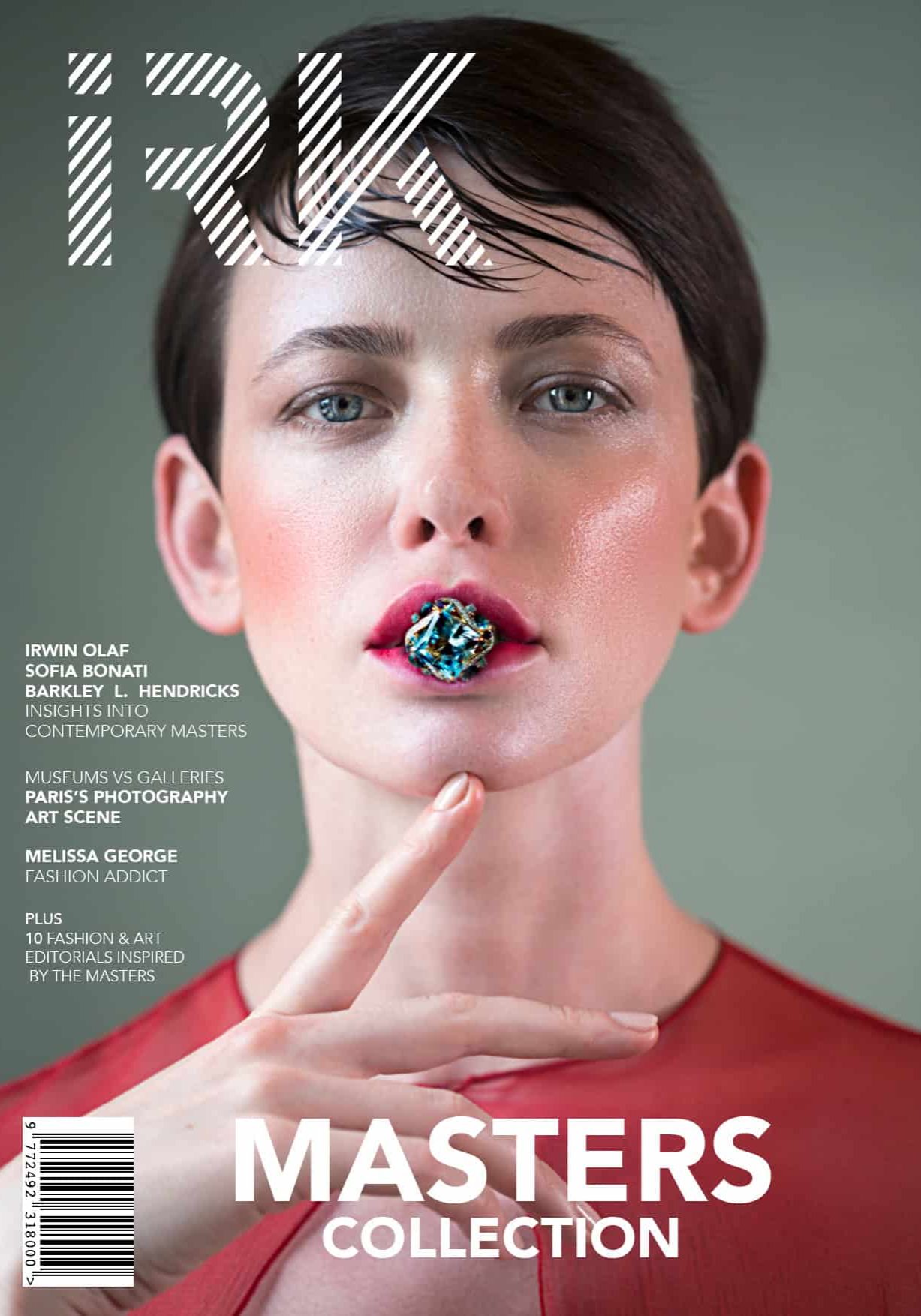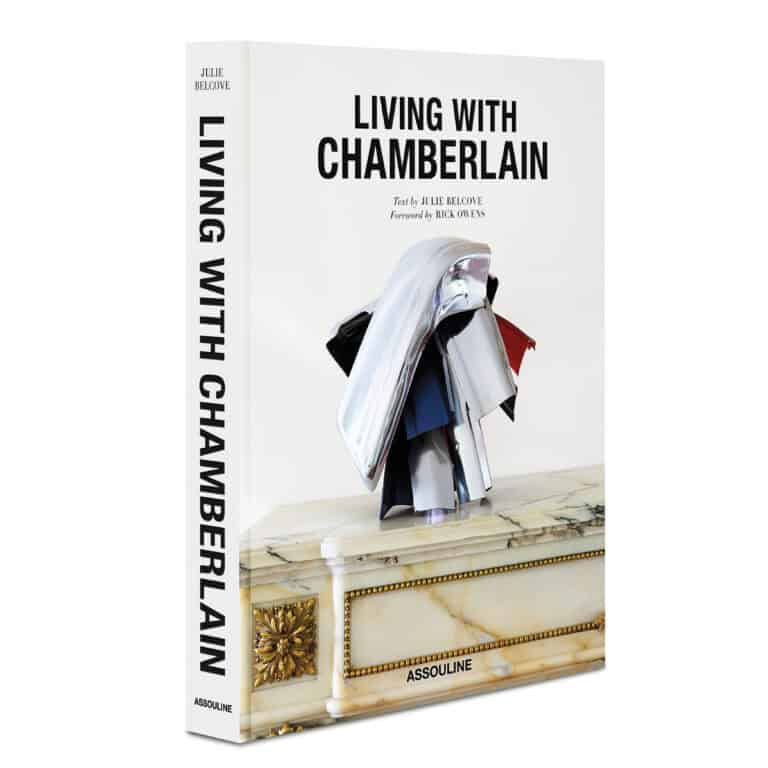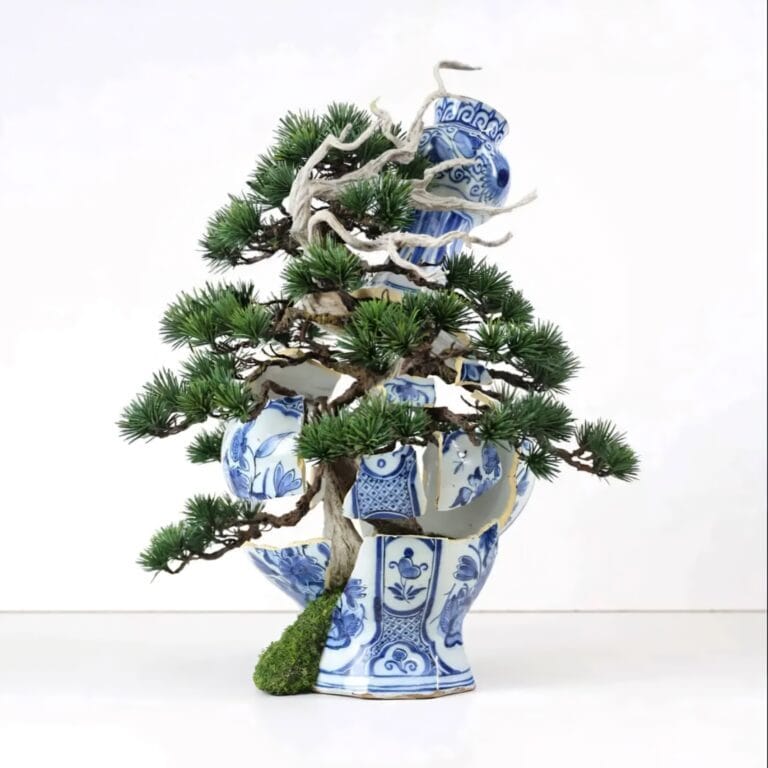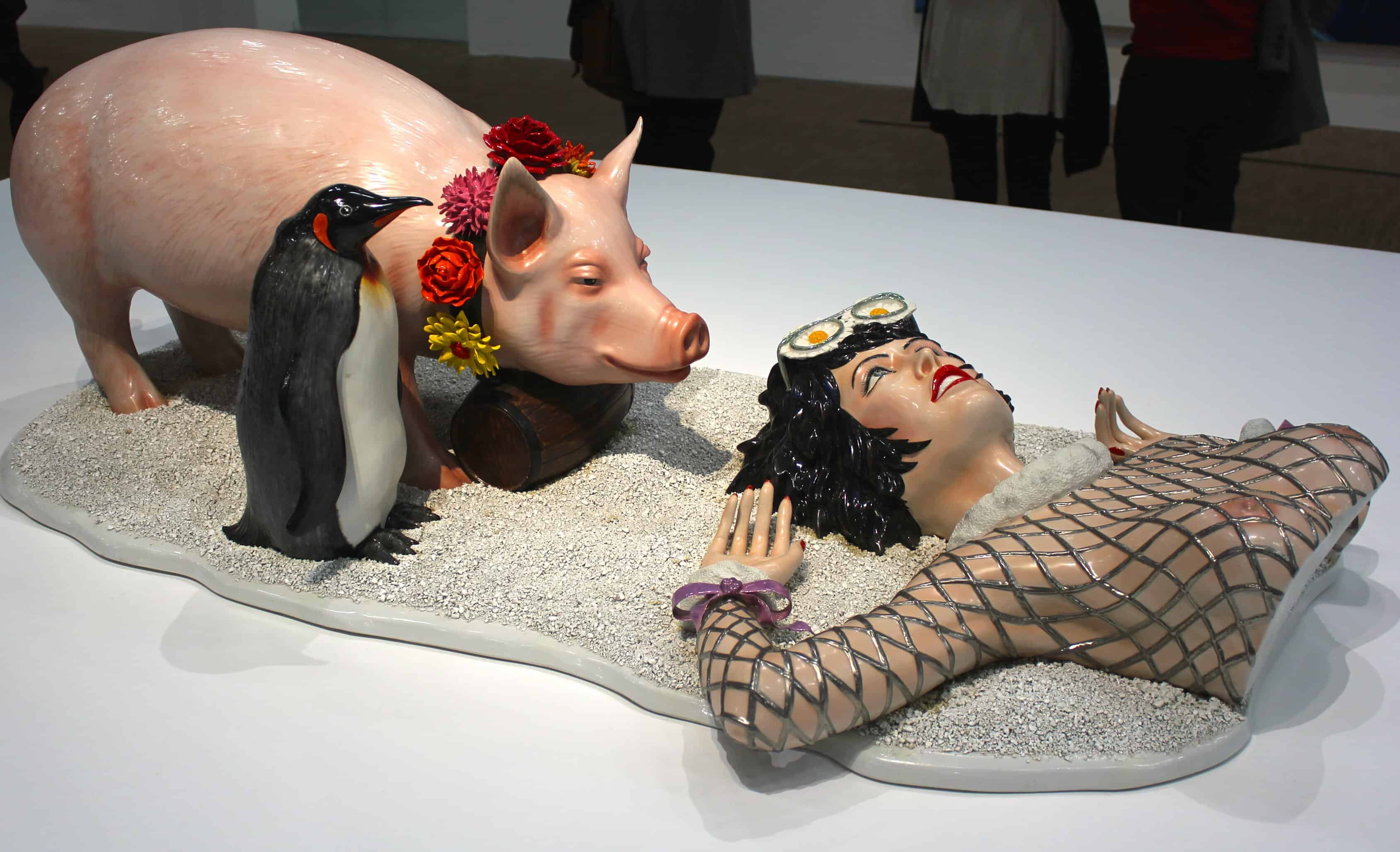
Implications of the Jeff Koons Fait d’Hiver Cas
IRK Magazine
Freedom of Expression vs. Appropriation of Creation
Earlier this month, the Parisian court found the renowned American artist Jeff Koons liable for copyright infringement. The subject of controversy, Fait d’Hiver, was a striking sculpture of a woman featuring a pig with flowers around its neck and two penguins. The source of inspiration for this artwork, which Koons acknowledges, is an advertisement with the same name created by Franck Davidovici for the French brand Naf Naf. This advertisement, dating back to 1985, is a black and white photograph portraying a woman laying on snow and a pig delivering brandy. Despite the differences, the resemblance is evident. After a four-year-long legal battle, the civil suit was finalized on November 8th, 2018. The judge ordered a total of €135,000 to be paid for damages by Koons and Centre Pompidou, the museum where the sculpture was showcased. Despite Davidovici’s requests, none of the sculpture’s reproductions were seized. Overall, the consequences are unlikely to affect Koons to a great extent, however, this case raises an important discussion regarding freedom of expression and the appropriation of creation in contemporary art.

Photograph courtesy of Eliott & Markus
In an attempt to break down the implications of this case, we spoke to Géraldine Arbant of the law firm Bird & Bird on this topic. She told IRK Magazine that there is a new movement developing in Europe concerning copyright infringement. On this topic, she said, “Previously the copyrights [for artwork] were absolute and well protected. The new trend is that copyright must not be absolute and there must be a balance. Otherwise, creativity will be very limited.” Even more, she acknowledged that it was not easy finding the right balance. Nonetheless, it is important to consider that the fundamental human right of freedom of expression is at stake. Furthermore, this does not only apply to sculptures but it also applies to all forms of creation.
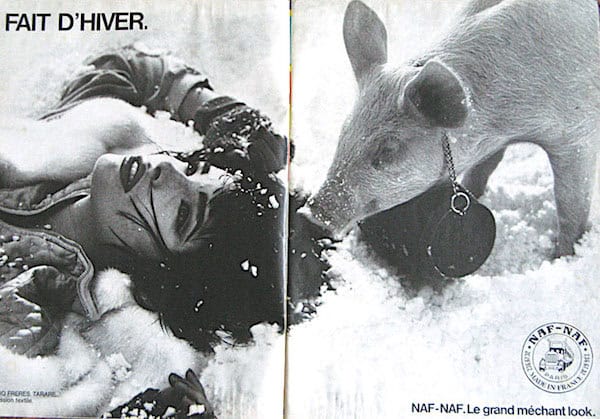
Photograph courtesy of Eliott & Markus
In this specific case, the judge’s seemingly counterintuitive reasoning was that Franck Davidovici’s original piece was relatively unknown. Had this not been the case, Koons would have not been held liable given that the new piece had an entirely new meaning. We can, therefore, conclude that the judge was seeking out to protect the smaller artist’s interests. It is also important to emphasize that Koons has had victorious cases regarding similar claims in other countries. This was not the case in France. Consequently, this substantiates the claim that French judges might not be ready to change their ways completely.
“It is important to allow more and more freedom of creation even if the French jurisdiction wants to go slower. We are moving forward.” Arbant concluded, “France needs to follow the trend and in the future allow these exhibitions.”
Share this post

